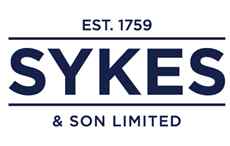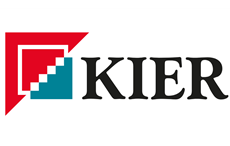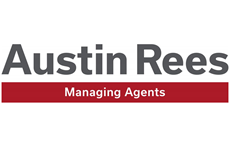Emergency Callout 0800 030 4360 | Email Us | Enquire Online
Building Drying
CPL t/a Rainbow Restoration is the leading provider of specialist building drying services across the South East for both residential and commercial premises. We use state-of-the-art building drying equipment to ensure the effective drying following flood and water damage to your building.
Our water damage cleanup and building drying services
When it comes to recovering from flood or water damage, we do everything in our power to promote the restoration of the building, rather than the extensive strip-out. This ensures a more cost-effective, as well as environmentally-friendly approach to disaster recovery. Our building drying techniques reduce the amount of disruption to your home or work life, with our focus being on getting you up and running again as soon as possible.
CPL t/a Rainbow Restoration has decades of experience in the restoration from flooding and can offer expert help and advice no matter your situation. Unlike insurance companies who may suggest just hiring a dehumidifier to do the job, we provide professional building drying equipment that suits your building’s current state.
CPL t/a Rainbow Restoration is Health and Safety Accredited, with Safe Contractor, Construction Line, CSCS, BDMA and Achilles certification. Call us now on freephone 0800 030 4360. We are available 24/7, 365 days per year.
Call us on 0800 030 4360
Email us at [email protected]
We use two main types of dehumidifiers as part of our building drying process, both of which are industrial grade drying machines. The first is a desiccant dehumidifier which uses a special disc covered with a highly absorbent chemical that essentially draws the water out of the air before dispensing it into a water tank, or pumping it outside. Warm, dry air is then blown back into the property. Alternatively, we use a refrigerant dehumidifier which uses a refrigerated coil. As the wet, warm air blows across the refrigerated coil, it cools allowing the moisture to condense and drip into a water storage tank. The machine then pumps the water outside or into an internal drain. The machine reheats the dry air and pumps it back into the property.
Different building drying machines work best in different settings and stages in the drying process. Temperature, materials, and the construction of the property are all factors to consider when choosing how to dry the building. The refrigerant dehumidifiers work best between 15-30 degrees and when there is still surface water present. It is also a gentler drying process which is especially important in listed buildings where there is old timber and old plaster which is susceptible to shrinkage and cracking due to over drying. The desiccant dryer works well at all temperatures and is more suited to drying bonded water which is absorbed into building materials such as concrete and plaster.
To ensure a building is dried properly, airflow must be carefully maintained throughout the process using specialist air movers. When we are still removing surface water you will need a high velocity air mover. As the water dries off surfaces, the rate of drying slows down. The remaining water is absorbed into the pores of building materials, fixtures and fittings. At this point you need a reduced air flow and a heat source to encourage evaporation. The final stage of drying has to draw any remaining absorbed moisture back to the surface as vapour. We achieve this with yet another change in the specialist drying techniques and equipment.
Injection Drying: also known as pressure drying, this method injects pressurised warm, dry air into wet wall and floor voids. It uses hoses connected to pre-drilled holes in the construction walls and slab.
Injection Expansion Gap Plate Drying: this method of drying injects warm air directly into expansion gaps, avoiding the need to drill into your structure.
Heat Mat Drying: this drying system for walls and floors distributes dry, warm air evenly across water damaged materials. It encourages moisture trapped in building materials to evaporate, while the airflow simultaneously helps to remove damp air.
Mobile High Volume, Low Humidity and Hot Air Plant: our specialist equipment quickly pumps a large volume of hot, dry air into your property. Faster evaporation then advances the structural drying process, and the damp air is either removed by dehumidifiers or replaced with fresh air.

Case Study
Water Damage Restoration, London
We provided an efficient bespoke drying regime, following a leak at a new office development We saved the customer thousands of pounds by avoiding the need for complete strip-out and reinstatement.
View Project























